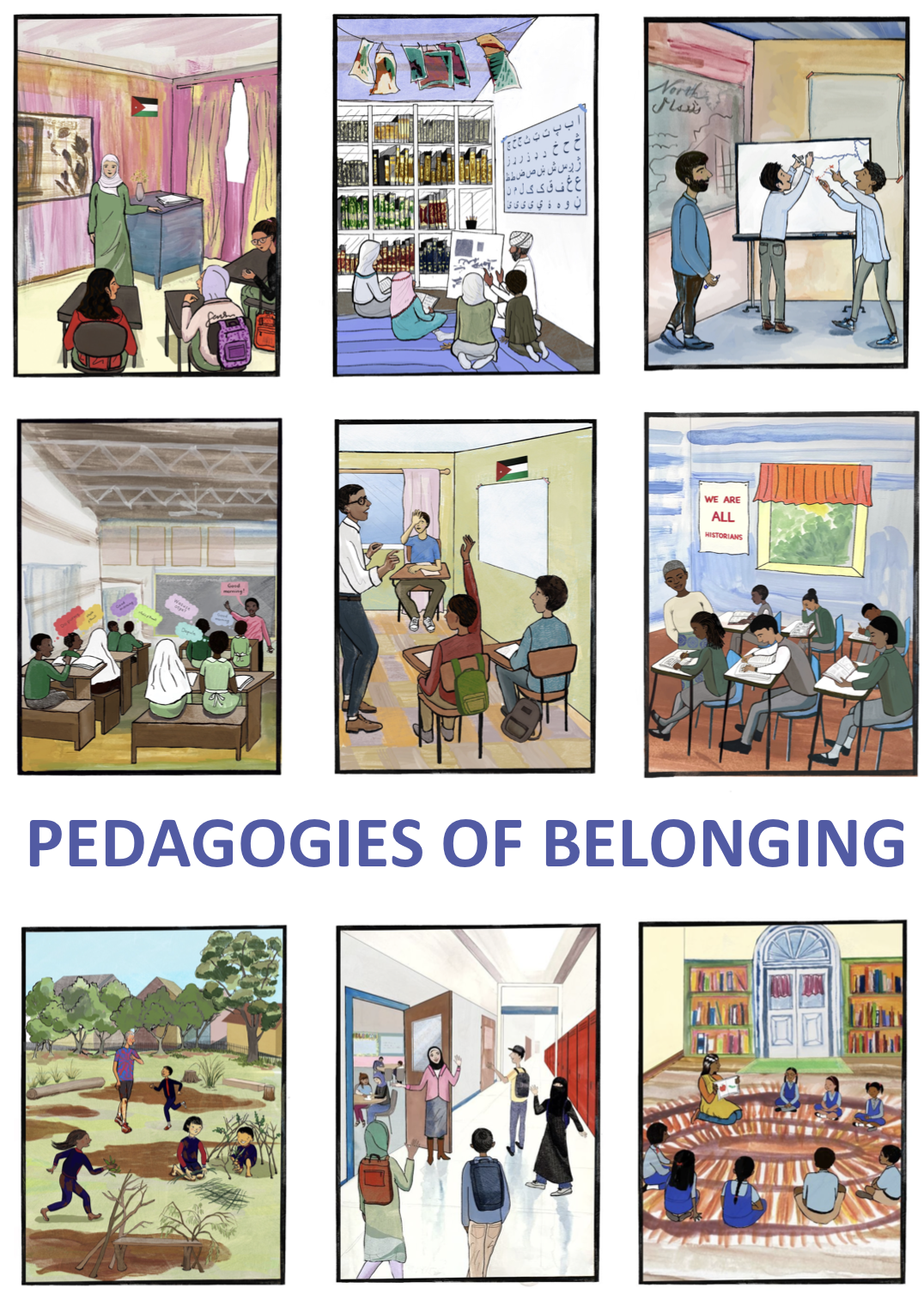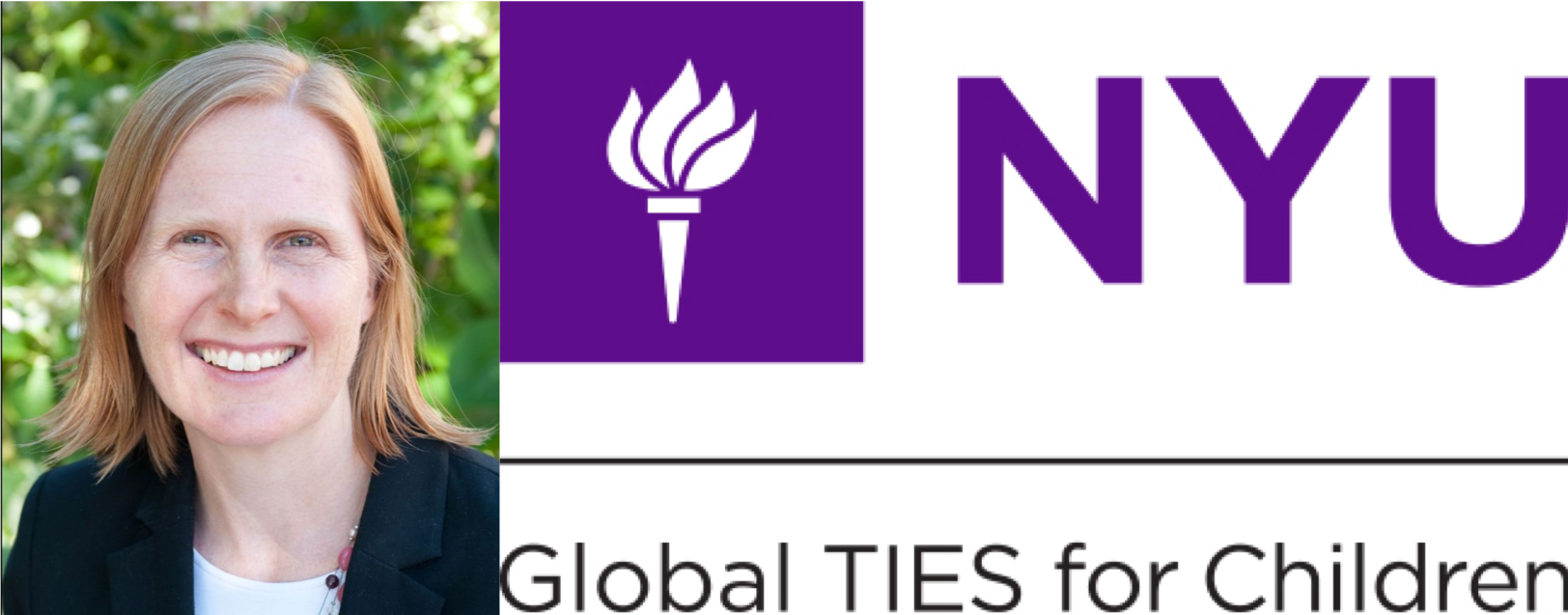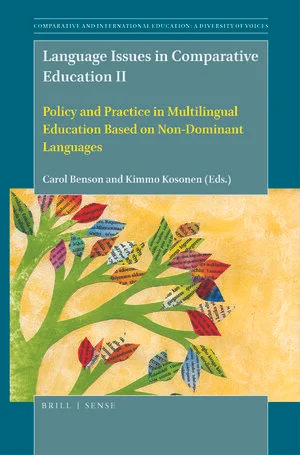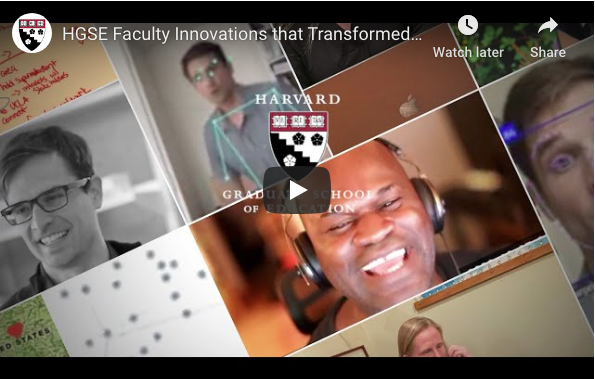Research | Refugee students often live in contexts where the inclusion and peace they build within classrooms is met with exclusion and violence in other spaces of their lives, both inside and outside the school. To address this dissonance, teachers of refugees engage in a constant balancing act: teaching their students both for the world that exists and for a world that they wish existed. In research with teachers and students across contexts of conflict and refuge, we observe specific constructive elements of these approaches to teaching and learning, which we call pedagogies of belonging. These pedagogies of belonging are rooted in predictability, adaptability, and future-building, and guided by relationship-building. In considering how more teachers might learn from them and incorporate them into their practices, I examine how teachers in one school in Lebanon who do use these pedagogies have come to do so.
Utilizing Jurgen Habermas’s notion of system and lifeworld and theories of practice, this article explores how teachers in South African, Finnish and Australian schools work towards the double purpose of education. Our focus is on the teachers’ visions of what they are doing, and how these practices are impacted by the larger contexts in which students live. The findings show that teachers understand that refugee students will face barriers in their national systems and aim, through their pedagogical practices, to bridge students’ lifeworlds and educational system demands.
Read More














